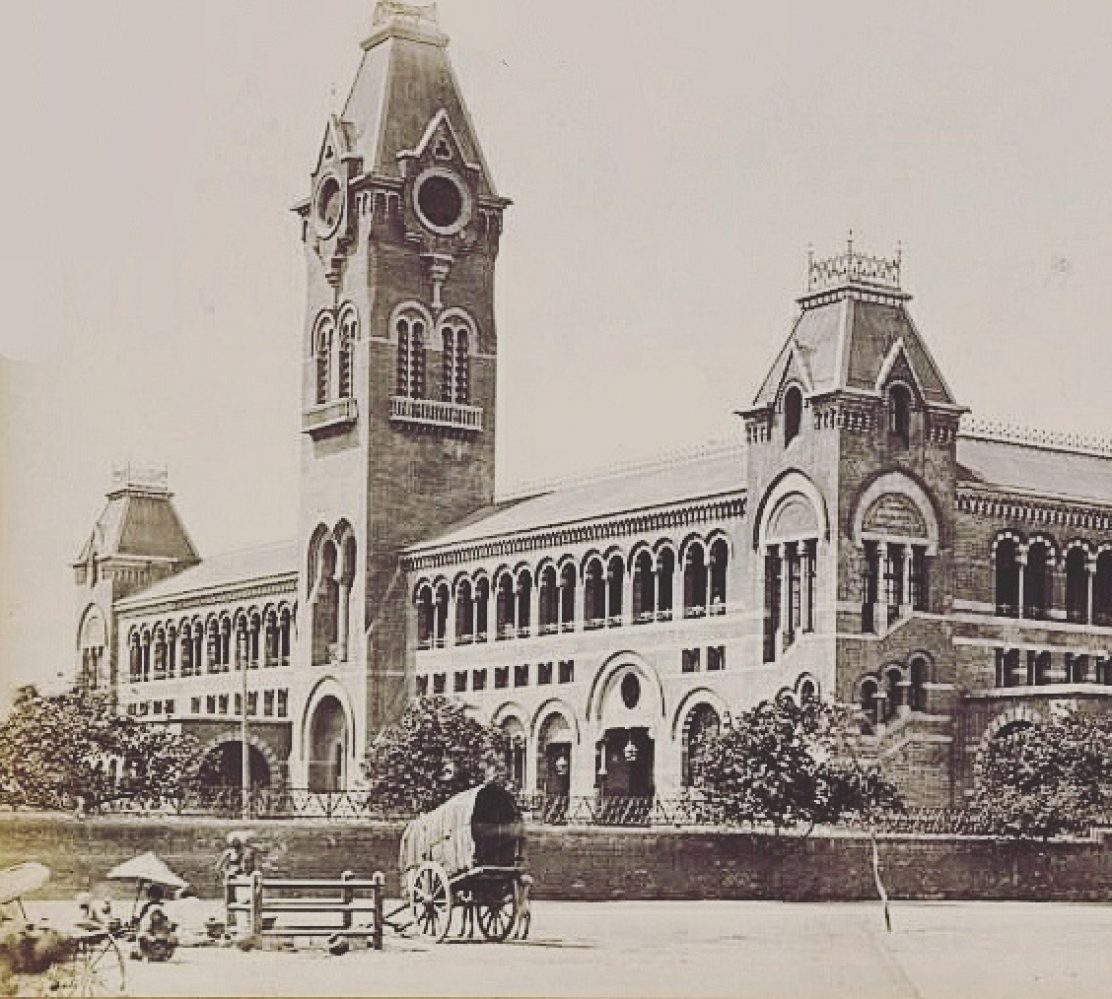Islamic influences in architecture, food and lifestyle can be evidently seen throughout india and that has seeped in to madras too thanks to the Nawabs of Arcot. Amir Mahal in Royapettah is the current residence of the Prince of Arcot, Nawab Mohammed Abdul Ali Azim Jah and his wife Sayeeda Begum but it wasn’t always that.
The annexation of the Carnatic by the British in 1801 led to the abolition of the ‘Nawabocracy’ .A Titular Nawab was created, but that was only till 1855 when the British annexed all the family’s Chepauk properties and, in return, Queen Victoria granted the family by treaty hereditary rights to be called the Princes of Arcot (Amir-e-Arcot) and enjoy various benefits of protocol. The family moved to Shadi Mahal on Triplicane High Road, the Muslim High School now a part of it.
In 1870, the British gave the Arcot family Amir Mahal, which had been built in 1798 and been used by the Sadr Adalat — the Chief Court of Civil Judicature for the trial of appeals from the Provincial Courts of Appeal .With the Arcot family not keen to move into it, the Royapettah Police Court functioned there from 1872 to 1875, the Sadr Adalat having, by then, been abolished. In 1876, the Arcot family eventually moved into Amir Mahal and its 14-acre grounds, after it was suitably refurbished. The building was recently renovated in 2011
Some of the most iconic buildings have all been given away by Muhammad Ali Wallajah, one of the most beloved Nawabs of Arcot. Many other temples in the South stand on lands gifted by the Nawabs. Nawab Wallajah’s philanthropy was so celebrated that a road in Chennai (Wallajah Road in Triplicane) and areas in Tamil Nadu, Wallajahbad and Wallajahpet, and a gate in Fort St.George were named after him.
Source:Madras Rediscovered




